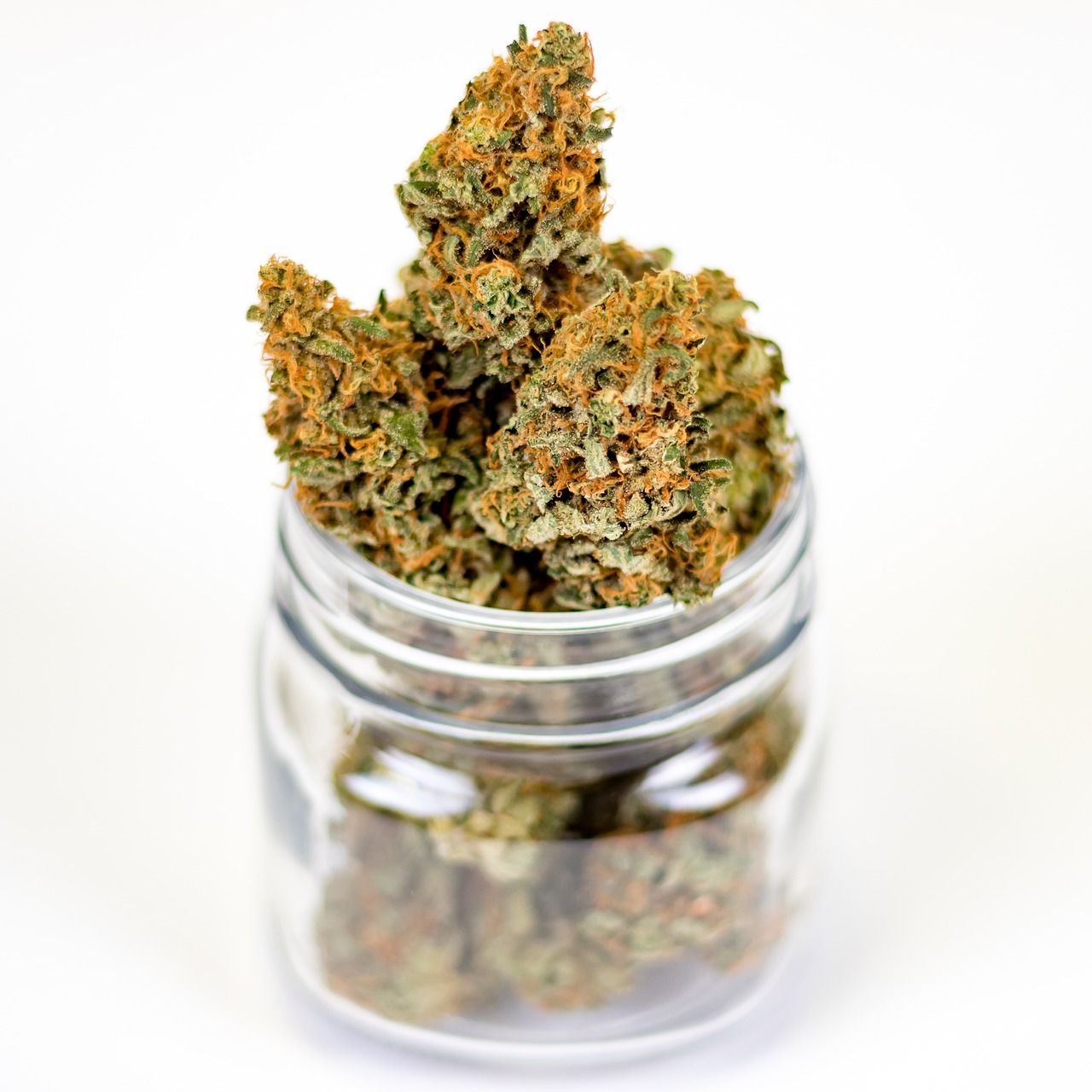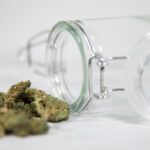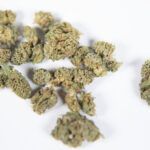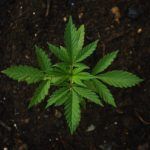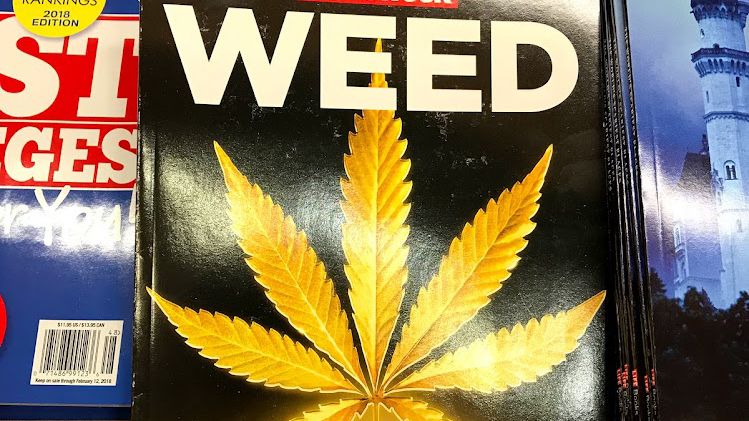Cannabis has always sparked conversation, curiosity, and sometimes controversy. With legalization spreading across the United States and other parts of the world, more people are asking questions and seeking clarity about what this plant really does. Unfortunately, cannabis has also carried with it a cloud of myths—stories that have been passed along for decades, many of which don’t hold up when examined through science or modern research.
This article explores five of the most common myths about cannabis, separating fact from fiction for readers who want a better understanding of what cannabis is, what it does, and what it doesn’t do.
Myth #1: Cannabis Is a Gateway Drug
For decades, one of the most persistent claims has been that cannabis use inevitably leads people to experiment with harder drugs like cocaine, heroin, or methamphetamines. This so-called “gateway theory” originated in the 1970s and has been repeated so often that many believe it to be true.
However, research shows the relationship is far more complex. Most people who use cannabis never go on to use harder drugs. Studies from the National Institute on Drug Abuse (NIDA) indicate that while cannabis users may have higher exposure to drug-using environments, the majority do not progress to more dangerous substances. Social factors, mental health, and environment play much stronger roles than cannabis itself.
In reality, cannabis is no more a “gateway” drug than alcohol or nicotine, both of which are far more commonly linked to later drug use.
Myth #2: Cannabis Destroys Brain Cells
Another enduring myth is that cannabis destroys brain cells. This idea stems from outdated studies in the 1970s that used flawed research methods, including exposing monkeys to extreme amounts of cannabis smoke.
Modern science paints a different picture. While excessive cannabis use—especially in adolescents whose brains are still developing—can impact memory, attention, and learning, there is no evidence that cannabis kills brain cells. In fact, some studies suggest cannabinoids like CBD and THC may have neuroprotective properties, meaning they could protect the brain against damage caused by injury or disease.
The key factor here is moderation and timing. Heavy use during teenage years can have consequences, but responsible adult use does not “fry” the brain the way old anti-cannabis campaigns once claimed.
Myth #3: Cannabis Has No Medical Value
Despite centuries of documented medical use around the world, cannabis has often been dismissed as having “no medical value.” This myth gained traction in the U.S. during the era of prohibition when cannabis was classified as a Schedule I drug alongside heroin, meaning it was considered to have no accepted medical use.
Today, the evidence overwhelmingly challenges this idea. Medical cannabis is now legal in the majority of U.S. states and is prescribed for conditions such as chronic pain, multiple sclerosis, epilepsy, Crohn’s disease, and chemotherapy-induced nausea. The FDA has even approved cannabis-derived medications like Epidiolex for epilepsy.
While research is still ongoing, the myth that cannabis has no medicinal purpose is outdated and contradicted by both clinical findings and patient experiences worldwide.
Myth #4: Cannabis Is Always Addictive
Addiction is a serious topic, and cannabis does carry some potential for dependency, but the myth that it’s as addictive as substances like opioids or alcohol is inaccurate. According to the Substance Abuse and Mental Health Services Administration (SAMHSA), about 9% of cannabis users develop what’s known as Cannabis Use Disorder (CUD). This number is higher among heavy daily users but still far below the rates of alcohol, nicotine, or heroin addiction.
For most adults, cannabis use is not physically addictive in the same way as opioids or stimulants. Instead, it can become habit-forming for some people, particularly those who use it as a coping mechanism. Like any substance, moderation and mindfulness matter.
Myth #5: All Cannabis Gets You “High”
Many people still believe that consuming cannabis always leads to a euphoric “high.” This is only partially true. The psychoactive effects come primarily from THC (tetrahydrocannabinol), but cannabis contains over 100 other cannabinoids, many of which do not produce intoxicating effects.
CBD (cannabidiol), for example, is non-intoxicating and is used widely for relaxation, sleep support, inflammation, and anxiety relief. Consumers can also choose strains with different ratios of THC to CBD, allowing for tailored experiences—some uplifting and energizing, others calming and clear-headed.
The idea that “cannabis = getting stoned” overlooks the incredible diversity of products and compounds available today.
Final Thoughts
Cannabis myths have been shaped by decades of stigma, political agendas, and misinformation. As legalization and research expand, people now have the opportunity to replace old misconceptions with science-based understanding. For consumers, knowing the facts helps them make informed choices, whether they’re seeking relief for a medical condition, exploring wellness options, or simply curious about the plant’s role in society.
Debunking these myths not only clears the air but also helps cannabis move into the mainstream with honesty, transparency, and respect.

